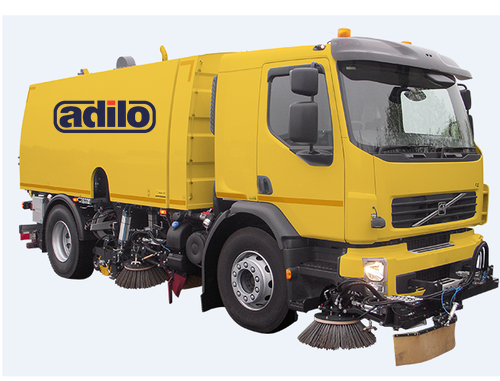Runway Sweeper Manufacturer In Chandigarh
A runway sweeper, also called an airport sweeper or runway broom, is a special vehicle used to clean and maintain airport runways. It is designed to remove debris, dirt, plastic deposits and other foreign matter from the surface of the runway to ensure smooth flight operations. Runway cleaners play a vital role in maintaining the integrity of the runway by keeping it free from hazards that could affect the performance of the aircraft during take-off, landing in a taxi.
Here are some common features and functions of a runway sweeper:
Broom system: A runway sweeper with one or more rotating brooms located at the front or rear of the vehicle. These brooms have bristles or stiff brushes that sweep and collect debris on the track.
Vacuum System: Most modern runway sweepers incorporate a vacuum system that works with brooms. A heated vacuum system picks up the debris that is being cleaned and disposes of it in a container or collection device on top of the cleaning area.
Water System: To improve cleaning efficiency and reduce dust, high-speed vacuum cleaners often have a water system. Water jets spray water over the track surface in front of the brooms, cleaning debris and reducing airborne particles.
Debris Collection: Debris collected by brooms and vacuum systems is stored in large hoppers or bags placed in the cleaning area. These bags have a high capacity to accommodate large amounts of waste before it needs to be removed.
Control system: Runway sweepers feature a driver’s car where the driver controls the car’s movement and the sweeper’s function. The control system allows the user to adjust the broom speed, water flow and other factors to improve the cleaning performance.
Safety features: Given the environment of the airport, runway sweepers often include safety features such as lights, signals, alarms and cameras to improve visibility and alert others to the vehicle’s presence. Runway sweepers are essential equipment for airports, keeping runways clean and safe. By maintaining a surface free of debris, they contribute to smoother landings, better traction and overall aircraft perform

